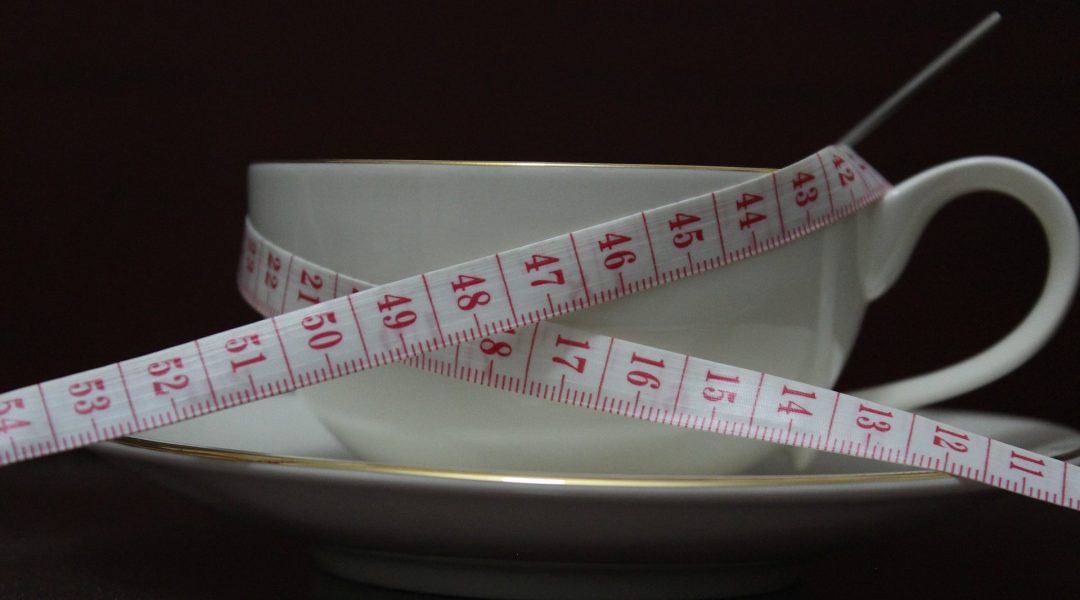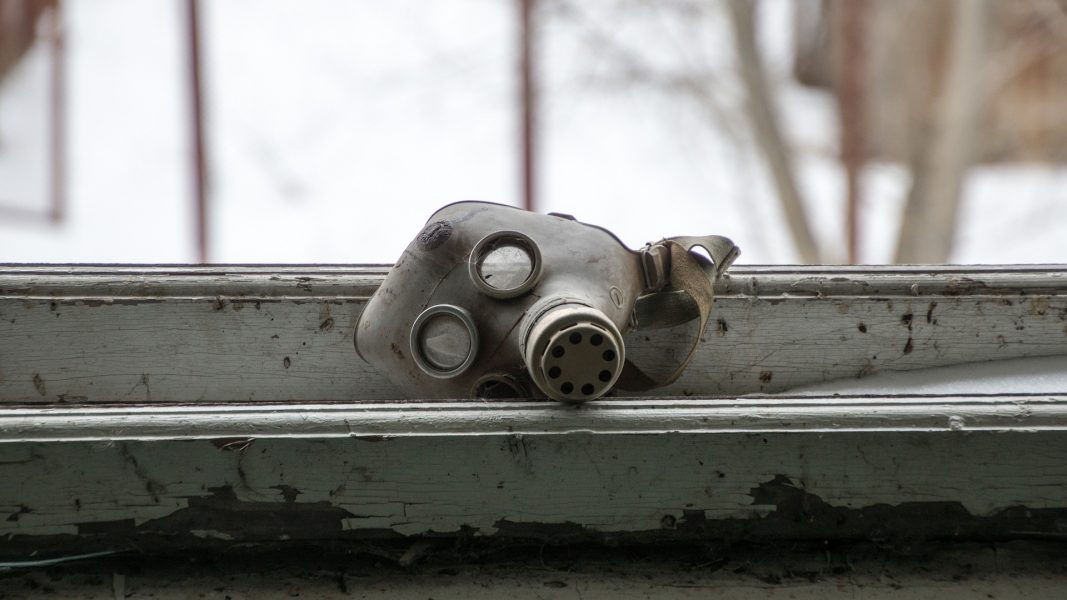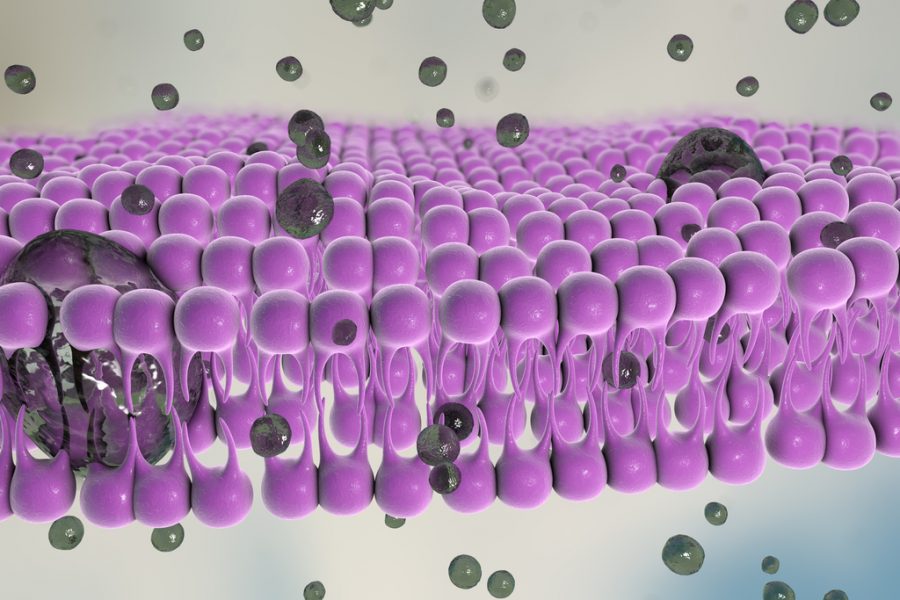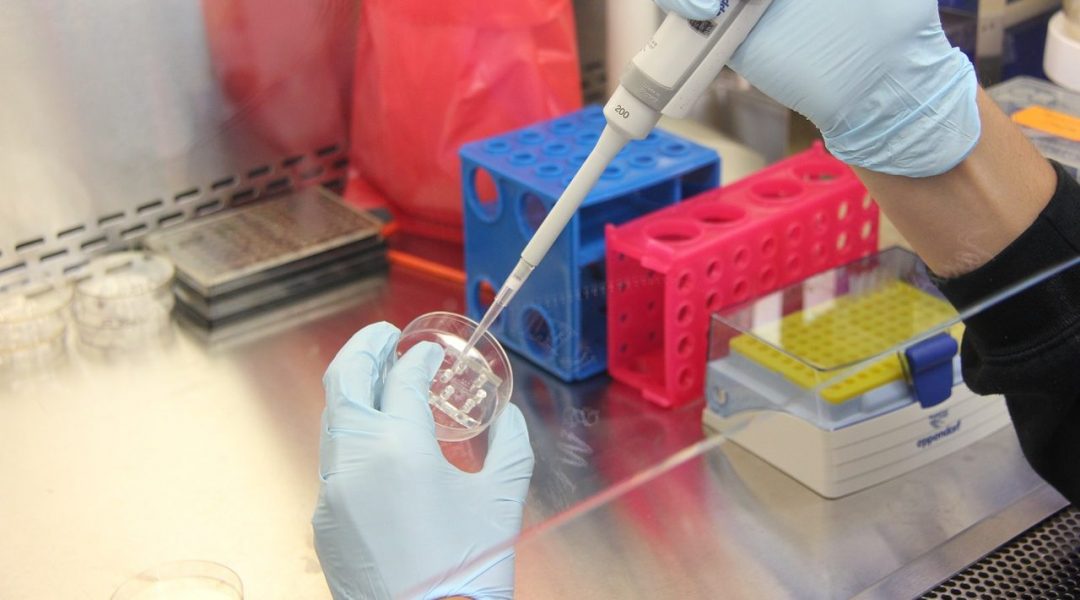A team of Russian scientists developed an OCT system with angiography for everyday clinical use.


A team of Russian scientists developed an OCT system with angiography for everyday clinical use.

A team of Spanish researchers developed a handheld skin imaging system with joint optical coherence tomography and digital epiluminescence microscopy for point-of-care skin diagnosis.

Ali Khademhosseini and his co-workers take a detailed look how engineering approaches can contribute to the field of precision medicine.

Low-cost, wearable sensor that use the metabolic response of yeast to measure ionizing radiation doses are developed.

Taeghwan Hyeon on his research, the inspiration behind it, and his advice to young scientists.

A research team from the National Chiao Tung University in Taiwan showed that aerosol‐assisted dielectric‐barrier‐discharge atmospheric‐pressure plasma deposition can be used for depositing different kinds of protein on different biosensor substrates in a single step.
![Human Pulse Diagnosis with a Wearable Piezoelectret Sensing System [Video]](https://www.advancedsciencenews.com/wp-content/uploads/2018/10/adfm201803413_thumbnail.jpg)
A wearable piezoelectret sensor has been developed for pressure-based human pulse measurement.

A hybrid dual‐wavelength optoacoustic biomicroscope is developed to provide better insights into cerebrovascular function and facilitate efficient studies into neurological and vascular abnormalities of the brain.

Stanislav Piletsky and his colleagues have used molecularly imprinted polymer nanoparticles to replace both antibodies and enzymes in biological assays.
![Monitoring Reactive Oxygen Species in Cells and Tissue [Video]](https://www.advancedsciencenews.com/wp-content/uploads/2018/09/smll201800310_ASN_image.jpg)
Researchers report a highly sensitive detection method for monitoring the nanotoxicity associated with reactive oxygen species (ROS).